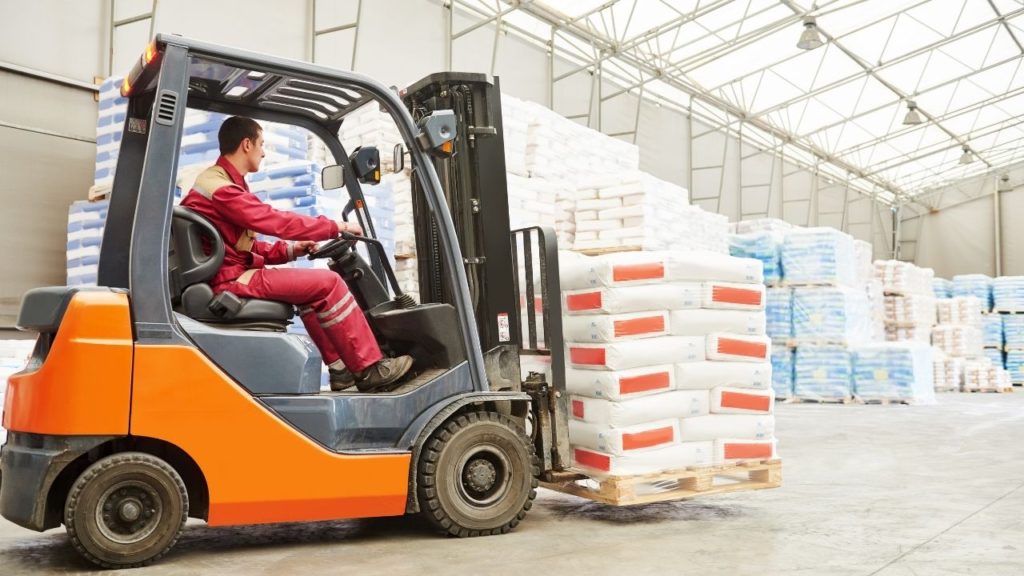With the unstoppable demands of fast and efficient delivery services nowadays, it is hard to imagine the industry without the strength and functionality of a forklift. The forklift, also known as a fork hoist or lift truck, is a specialized motor vehicle used to lift and move objects over short distances.
The primary designs of the forklift can be traced back to the middle nineteenth century. From primarily lifting basic luggage loads, it has eventually evolved into becoming a useful machine for handling military equipment during World War I. And with the emergence of industrial manufacturing in 1920, more raw materials and output products are needed to be transferred from and into trucks and factories. This started the increasing demands for forklifts.
In 1954, a company in Britain developed the first narrow-aisle electric forklift since there are warehouses that have narrower aisles and higher load-stacking to maximize storage capacity. To ensure the safety of the operator due to these changes, overhead guards and load backrests began to be added. Eventually, it evolved to address operator’s comfort, energy efficiency, and safety until it became the modern forklifts that the industry uses today.

Contrary to popular opinion, forklifts are not designed to be all the same. Forklifts have specific design types to make them perfectly suitable for different functions and circumstances.
For example, there is a low-lift truck that is intended to travel loads on pallets. There is also a reach stacker that is made to stack loads on top of each other. A counterbalanced forklift, meanwhile, is placed at the back of the truck, not to lift anything but to offset the weight on the front of the truck. Although not mentioned here, there are several more design types that aim to do a particular function with optimum efficiency and practicality.
With the immense power and functionality that the forklifts provide, it is very interesting how they can power themselves. There are four common methods of propulsions on forklifts. Liquified Petroleum Gas (LPG) can be used, which enables operators to quickly change the cylinder, thus preventing undue delay or prolonged stoppage. There are also typical combustion methods in which engines use diesel, kerosene, butane, and other fuels.
Moreover, battery-electric is more often used in closed indoor facilities to eradicate the emission of harmful fumes. Refrigerated warehouses, on the other hand, commonly uses hydrogen fuel cell-powered forklifts because it does not have any problem operating in chill environments.
If you come to think of it, forklifts have a very basic and straightforward job. However, its integral role in making sure that all loads are moving is undeniable. Without them, it would take forever for your expected parcel to arrive on your doorstep. The absence of forklifts will also disrupt the global market too as all products, from technology, medicine, food, among others, cannot be able to reach their intended destinations.
This only proves the point that forklifts, as boring as it may look, is an actual hero of the incredibly complex logistic system in the whole world.
